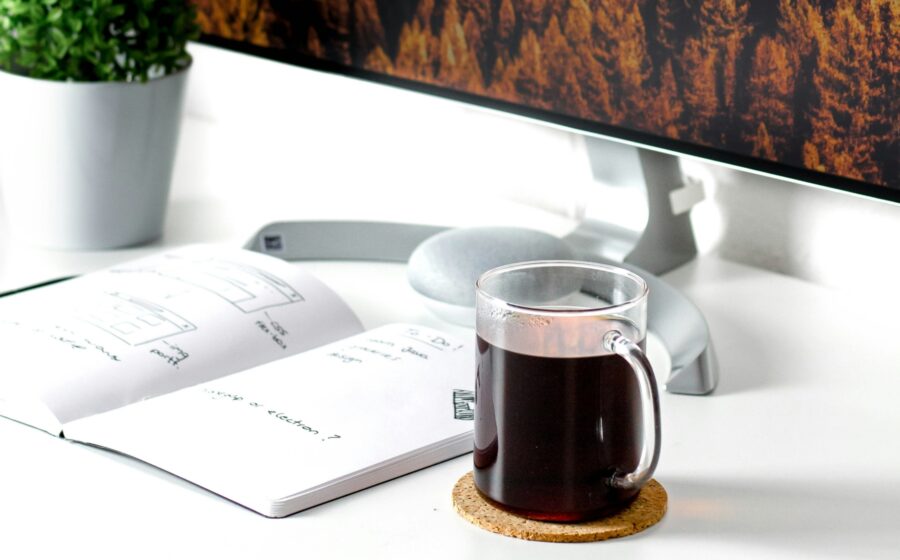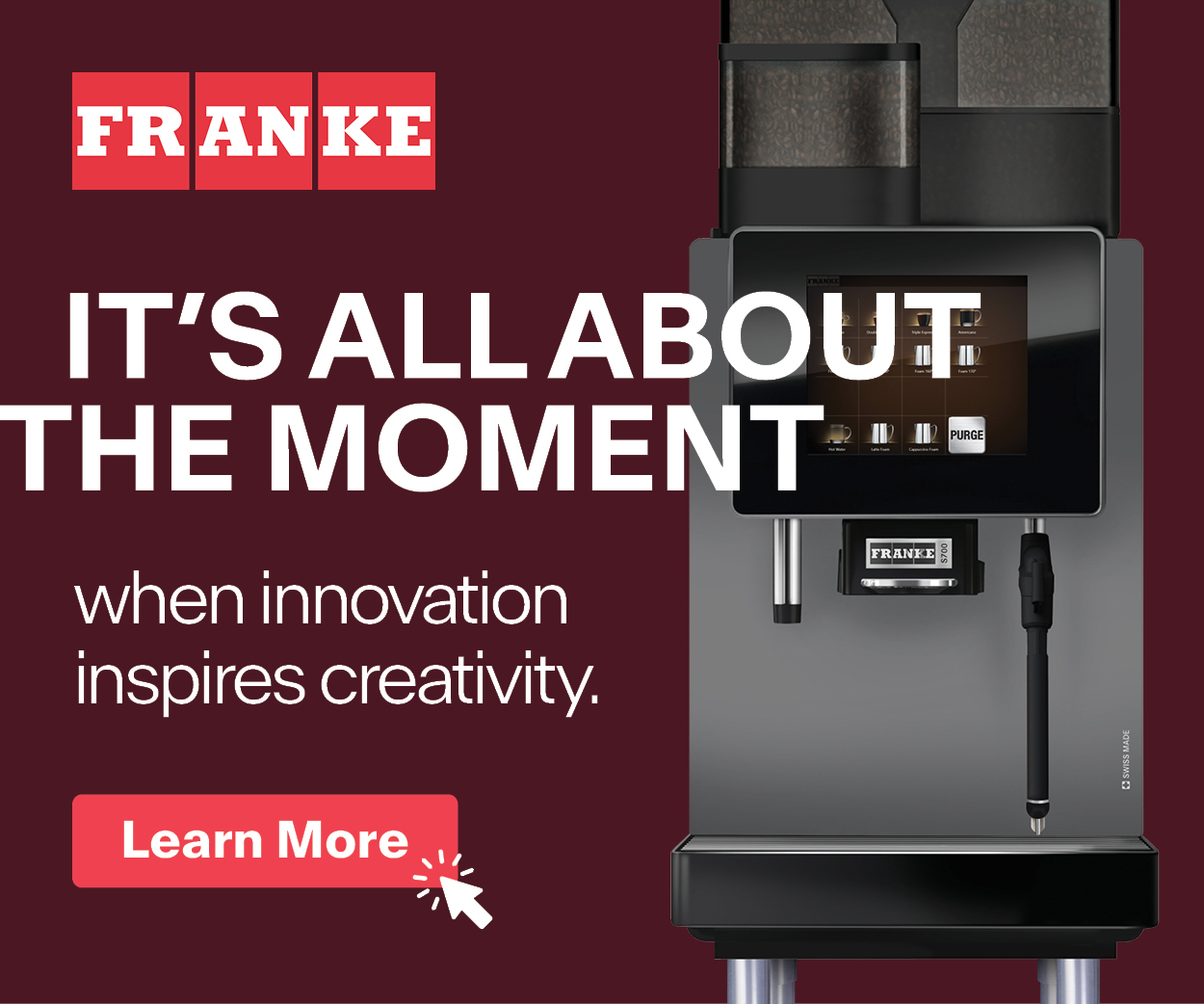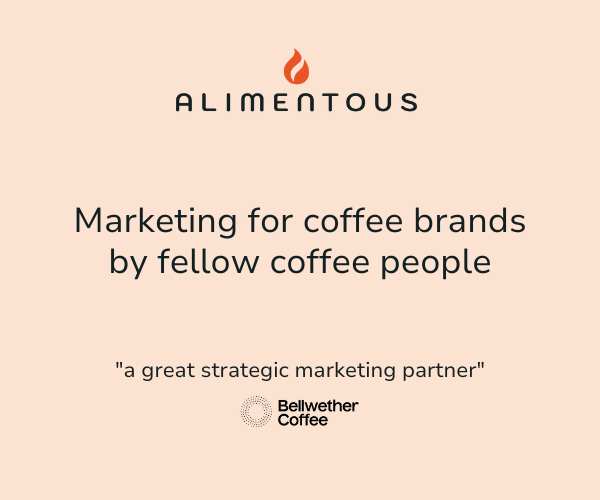✉️ This story was featured in this week’s Coffee News Club
👋 Get the Coffee News Club newsletter in your inbox weekly—sign up.
If your office provides free coffee, chances are it comes from one of those self-serve superautomatic machines. Depending on the type of machine, your office coffee may contain higher cholesterol-elevating substances than brewing it at home.
Cafestol and kahweol have been known as substances that can potentially increase low-density lipoprotein (LDL) cholesterol. How you brew your coffee makes a difference: cafestol and kahweol are often found in unfiltered coffee, especially in brewing methods like cowboy coffee or Turkish coffee. Paper filters, however, strain out most of the culpable compounds.
Researchers in Sweden wanted to investigate how office coffee may be correlated to elevated LDL cholesterol. For the study, published in Nutrition, Metabolism & Cardiovascular Diseases, they looked at three types of office coffee machines: superautomatic brewers that utilize metal filters; “liquid-model” machines that combine liquid coffee concentrate and hot water; and instant machines that use, well, instant coffee.
They analyzed samples from 14 machines located at four different healthcare facilities and compared them to more traditional brew methods such as filter and French press as well as boiled coffee. Boiled coffee had the highest concentration of cafestol and kahweol, while paper-filtered had the lowest. Espresso also had high levels, while metal-filtered office machines were somewhere in the middle.
Samples from the office brewing machines contained up to 444 mg/L of cafestol, compared with just 12 mg/L in paper-filtered samples. For reference, the boiled coffee contained 939 mg/L, while some espresso samples were as high as 2447 mg/L.
Researchers calculated that switching from office brewing machines to paper-filtered coffee would reduce heart disease risk in the workplace by 13% over five years and 36% over forty years. They made these calculations based on setting an average coffee consumption of around three cups per workday.
“Most coffees from workplace brewing machines contain higher diterpene concentrations than paper-filtered coffee, but lower than unfiltered coffee,” the authors wrote. “Intake of insufficiently filtered coffee during working hours could be an overlooked factor for cardiovascular health due to its effect on plasma cholesterol concentrations.”
















